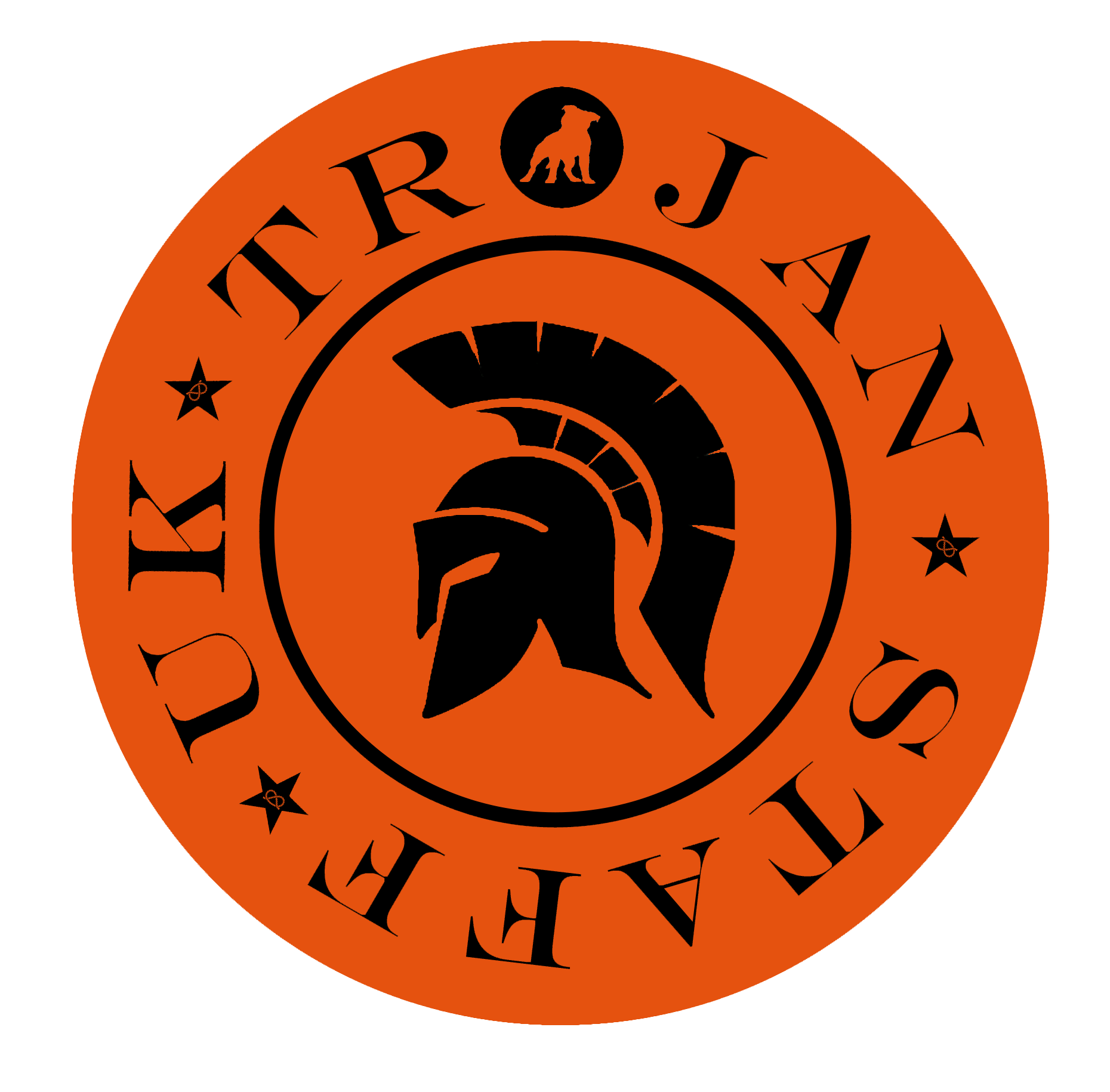Finding A Perfect Staffordshire Bull Terrier Stud Dog for Your Female
- Paul @ Trojan Staff Uk

- Jan 10
- 4 min read

Choosing the right staffy stud
Choosing the right Staffordshire Bull Terrier stud dog for your female is a crucial step in responsible breeding. This decision can have long-lasting impacts on the health and temperament of the puppies. A careful selection process ensures that you meet your breeding goals and promotes the well-being of both the parents and the offspring.
The Stakes of Choosing the Right Stud
Selecting an appropriate stud dog involves significant considerations. The right match can enhance desirable traits in the puppies, including health, temperament, and conformation. A poor choice may lead to various issues, affecting both the pups' quality and your goals.
Why Responsible Breeding Matters
Breeding isn't just about producing puppies; it's about contributing to the breed's health and integrity. Responsible breeding practices help to eliminate inherited diseases, promote genetic diversity, and ensure that each dog is a good representative of the Staffordshire Bull Terrier breed standard.
Setting Your Breeding Goals
Define clear objectives for your breeding programme. Think about what traits you would like to enhance or introduce. This might include:
Healthier puppies
Improved temperament
Better conformation to breed standards
A well-thought-out plan lays the groundwork for success.
Evaluating the Stud Dog's Pedigree and Health
Deciphering the Pedigree: What to Look For
Start by examining the stud dog’s pedigree. An established bloodline often indicates quality breeding. Look for champions or well-regarded dogs in the lineage. Consider:
Titles and awards
Breeders’ reputations
Notable ancestors
Essential Health Tests and Certifications
Health tests are vital. Ensure the stud has undergone thorough evaluations, such as:
Hip and elbow dysplasia tests
Cardiac evaluations
DNA tests for common genetic disorders, such as L2 HGA and HC, PHPV & PPS
Ask for documentation that confirms these tests have been conducted.
Genetic Diversity: Avoiding Inbreeding COI (Coefficient of Inbreeding)
Genetic diversity is key. Inbreeding can lead to health problems and compromised vitality. Check the stud’s lineage to ensure a healthy genetic mix.
Assessing the Stud Dog's Temperament and Conformation
Temperament Testing and Evaluation Methods
Temperament is as important as physical traits. Spend time with the stud to observe behaviours. Look for:
Friendliness
Calmness
Confidence
Consider temperament tests that can help gauge how the stud interacts with people and other animals.
Conformation Standards for Staffordshire Bull Terriers
The breed type should conform to the established standards. Assess physical traits such as:
Head shape
Body structure
Coat condition
Good Teeth
A well-conformed dog not only looks good but is also more likely to produce healthy offspring.
Behavioural Traits to Look For and Avoid
When evaluating a stud dog, watch out for concerning behaviours. Traits to avoid include:
Aggression
Excessive shyness
Hyperactivity
Positive traits, however, include:
Playfulness
Affection
Balance
Researching the Stud Dog's Owner and Breeding Program
Due Diligence: Investigating the Breeder's Reputation
The stud dog's owner can tell you a lot about their breeding philosophy. Research their reputation within the breed community. Speak to other breeders and look for reviews.
Understanding Breeding Practices and Ethics
Breeding ethics are essential. Ensure the stud owner prioritises health and good breeding practices, maintaining a focus on the long-term welfare of the dogs.
Communicating Effectively with the Stud Dog Owner
Establish open lines of communication with the stud dog owner. Ask questions about their breeding program, health tests, and any issues they’ve faced. Clear dialogue helps set mutual expectations.
Planning Your Breeding Process and Contract
Preparation for Breeding: Health and Timing
Before breeding, ensure both dogs are in optimal health. Timing is also critical; understand the female's heat cycle to maximise the chances of successful mating.
The Breeding Contract: Protecting Your Interests
Draft a clear breeding contract outlining responsibilities and expectations for both parties. This should cover:
Fees
Health guarantees
Ownership of puppies
A contract helps prevent misunderstandings.
Post-Breeding Care and Responsibilities
After breeding, maintain communication about the female's health and care. Be ready for any potential issues that may arise, including managing pregnancy and whelping.
Choosing Your Stud: Making the Final Decision
Weighing Your Options and Prioritising Your Goals
After comprehensive evaluation, weigh the pros and cons of each potential stud. Prioritise which traits align best with your breeding goals.
Resources for Finding Reputable Stud Dogs
Utilise various resources to find suitable stud dogs:
Breed clubs
Online directories
Recommendations from trusted breeders
The Long-Term Commitment of Breeding
Keep in mind, that breeding is a long-term commitment. It involves time, resources, and emotional investment. Ensure you're ready for the journey ahead.
Conclusion: A Responsible Approach to Breeding Staffordshire Bull Terriers
Key Considerations for Success
Focus on health, temperament, and conformation. The right considerations lead to successful breeding.
The Value of Careful Planning
Thoughtful planning and evaluation create the foundation for nurturing high-quality puppies.
Continuing Your Education on Responsible Breeding
Stay informed and engaged in best practices. Attending seminars and workshops can enhance your knowledge and improve your breeding outcomes.
Responsible breeding of Staffordshire Bull Terriers not only improves the breed but also contributes to a community of dedicated dog lovers.




Comments